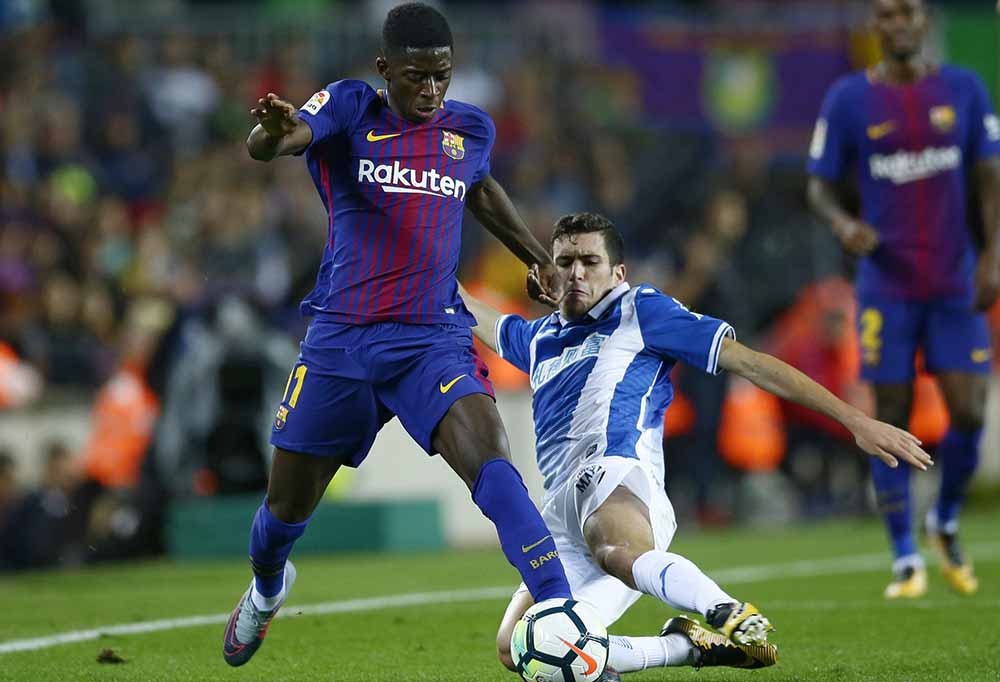Controversy as Villa keeper handed second yellow for shootout crowd taunting... but isn't sent off
Emi Martinez was saved by a new rule that resets yellow cards at the end of extra time, meaning his second yellow for taunting…
Dressed in our makeshift kits (local club shorts, international club jerseys) my best friend and I went on the hunt for somewhere to practice for our upcoming futsal season.
Hunt is perhaps too strong a word; we really just trawled the internet for suggestions of a vacant ground. Finding only facilities that we would have to pay for, we eventually snuck into the indoor sports centre of a local university which was actually only open so that spectators of the neighbouring outdoor hockey match could use the bathrooms.
We were happy enough to play in the almost-darkness of this hall. But this got me thinking: should it be so difficult to find these facilities for free?
Of course, we could have chosen to play on an outdoor field, of which there is no shortage across our city, Sydney. But there is a benefit to futsal fields or courts that made us more inclined to play on one of these specifically.
Indoor futsal courts have nets on their goals (or a wall behind their goal) so you don’t have to run great distances to collect the ball like you do when you are practicing shots on a regular sized field.
This means that you can play and practice on your own, or with just one other person, usually at a fast pace. The smaller size of the futsal court is also ideal for a one-on-one game, in which you take turns attempting to get around your opponent and score without being dispossessed.
Last year, Agency Yard released a debut documentary called Ballon sur Bitume, a heartfelt tribute to the street football played in the outskirts of Paris.
‘Concrete Football’ as it translates, takes us to the bitumen playing fields that have raised international stars such as Riyad Mahrez, Serge Aurier and Ousmane Dembélé.
Almost all of the concrete courts in the film are located in communes like Sevran or Grigny, areas that are known for their high rates of poverty and crime. Ballon sur Bitume does well to show that having a space to play the beautiful game for fun, in your own neighbourhood, with your friends, can aid the city as much as it can aid the quality of a nation’s players.
Sport becomes a conduit for cultural exchange between many migrant and non-migrant communities, and it is a mentally and physically healthy way to pass time when confronted with boredom.

FC Barcelona and France’s Ousmane Dembele (AP Photo/Manu Fernandez)
This said, is there any wonder that France produced a team that won the World Cup? With a space in every suburb and estate in which to practice your skill for free, how could they not inspire a nation of football obsessives?
The same goes for basketball in the USA: with a public court on almost every block, naturally the NBA is the most advanced basketball competition in the world.
Basketball can also be credited with helping some pay their way through college on sporting scholarships. Despite not necessarily being considered Australia’s national sport (as much as I wish this were so), football possesses the highest rate of participation.
Improved and additional free futsal facilities (especially outdoor) could not only improve the quality of our players, but also the health and wellbeing of those living in suburbs in which they are struggling to find a sense of belonging and community.
Football Federation Victoria’s State Football Facilities Strategy to 2026 is an important start. Community clubs need expanded facilities as their membership has reached saturation point and they are having to turn children away.
The FFV is working with local, state and federal governments with a focus on delivering more pitches and change room facilities to clubs. But still, club registration costs money and aims to provide facilities for people training and playing games, not for those who want to play street-style, with their friends, without having to pay for time on a court or pay for club registration.
Football New South Wales has also made a start. In their Facilities Strategic Plan 2014-2024 they state that they will work with government to ‘promote the use of non-traditional types of facilities that football can be played on, including bowling greens and tennis court centres’.
However, in Section 5 of this plan, under ‘What Matters’, indoor spaces and non-traditional facilities are ranked eighth and ninth out of ten on a list of priorities. Ranked first, second and third are playing surfaces, lighting and irrigation/draining/maintenance respectively.

Kylian Mbappe of France celebrates with the World Cup trophy. (Photo by Matthias Hangst/Getty Images)
At the time of this report’s release, then CEO Eddie Moore, wrote in the introduction to the FNSW Strategic Plan that:
Facilities not only enable growth in the game, they also enable broader community development. Ensuring communities have adequate spaces where people can actively and safely engage in sport and recreation can provide improved social, health, educational and cultural outcomes for all.
At just under the halfway mark in the scheme of this plan, I am eagerly awaiting FNSW’s developments. Hopefully, the future of Australian football will be given an opportunity to perform itself through organised, well facilitated clubs as well as on the streets of our suburbs and cities.